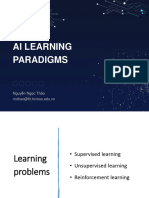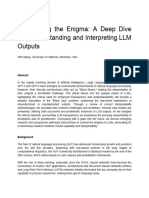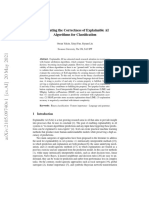0% found this document useful (0 votes)
5 views36 pagesModule 5
The document outlines the ethics of data science, emphasizing the responsibilities of actuaries in managing data integrity, developing AI models, and ensuring compliance with ethical standards. It discusses key ethical principles such as privacy, bias, transparency, accountability, and the impact of data science on society. Additionally, it highlights laws governing data privacy and the importance of informed consent in data collection practices.
Uploaded by
brijeshsingh2592002Copyright
© © All Rights Reserved
We take content rights seriously. If you suspect this is your content, claim it here.
Available Formats
Download as PDF, TXT or read online on Scribd
0% found this document useful (0 votes)
5 views36 pagesModule 5
The document outlines the ethics of data science, emphasizing the responsibilities of actuaries in managing data integrity, developing AI models, and ensuring compliance with ethical standards. It discusses key ethical principles such as privacy, bias, transparency, accountability, and the impact of data science on society. Additionally, it highlights laws governing data privacy and the importance of informed consent in data collection practices.
Uploaded by
brijeshsingh2592002Copyright
© © All Rights Reserved
We take content rights seriously. If you suspect this is your content, claim it here.
Available Formats
Download as PDF, TXT or read online on Scribd
/ 36























































































